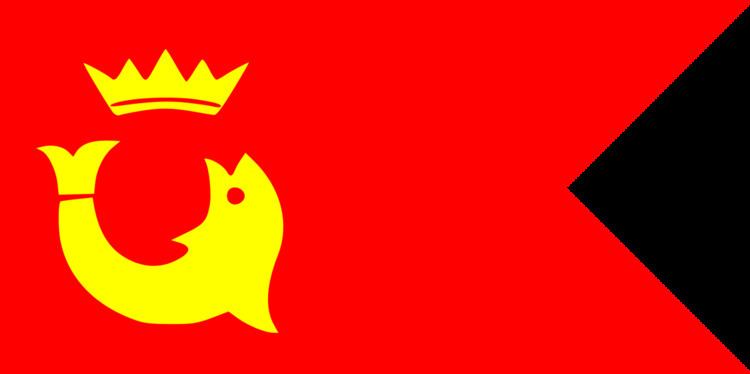1732–1858 → Established 1732 | Flag Coat of arms 1901 12,833,077 | |
 | ||
1901 62,072 km (23,966 sq mi) | ||
The Oudh State or Kingdom of Oudh (Awadh State) was a princely state in the Awadh region during the British Raj until 1856. Oudh (/ˈaʊd/), the now obsolete but once official English-language name of the state, also written in British historical texts as 'Oude', derived from the name of Ayodhya.
Contents
- History
- Feudatory states
- Rulers
- Subadar Nawabs
- Nawab Wazir al Mamalik
- Subadar Nawab
- Kings Padshah e Awadh Shah e Zaman
- Residents
- References
The capital of Oudh State was in Faizabad, but the British Agents, officially known as 'residents', had their seat in Lucknow. The Nawab of Oudh, one of the richest princes, paid for and erected a splendid Residency in Lucknow as a part of a wider programme of civic improvements.
Oudh joined other Indian states in an upheaval against British rule in 1858 during one of the last series of actions in the Indian rebellion of 1857. In the course of this uprising a few detachments of the British Indian Army from the Bombay Presidency overcame the disunited collection of Indian states in a single rapid campaign. Even so, determined rebels continued to wage sporadic guerrilla clashes until the spring of 1859. This ill-fated rebellion is also historically known as the 'Oudh campaign'.
After the British annexation of Oudh, the North Western Provinces became the North Western Provinces and Oudh.
History
In 1732, under Mughal sovereignty, a senior official of the Mughal Empire established a hereditary polity in Oudh. As the power of the Mughals waned, with the rise of the Maratha Empire, the rulers of Oudh gradually affirmed their own sovereignty. Since the state was located in a prosperous region, the British East India Company soon took notice of the affluence in which the Nawabs of Oudh lived. The result would be direct British interference in the internal state matters of Oudh, and the kingdom became a British protectorate in May 1816. Three years later, in 1819, the ruler of Oudh took the style of Padshah (king), signaling formal independence under the advice of the Marquis of Hastings.
On 7 February 1856 by order of Lord Dalhousie, Governor General of the East India Company, the king of Oudh was deposed, and its kingdom was annexed to British India under the terms of the Doctrine of lapse on the grounds of internal misrule. After Oudh's territory was merged with the North Western Provinces, it formed the larger province of North Western Provinces and Oudh. In 1902, the latter province was renamed the United Provinces of Agra and Oudh, and in 1904 the region within the new United Provinces, corresponding to the former North Western Provinces and Oudh, was renamed the Agra Province.
Between 5 July 1857 and 3 March 1858 there was a brief upheaval by the son of the deposed king joining the Indian Rebellion of 1857. At the time of the rebellion, the British temporarily lost control of the territory; they reestablished their rule over the next eighteen months, during which time there were massacres such as those that had occurred in the course of the Siege of Cawnpore (Kanpur).
Feudatory states
The following were feudatory estates —taluqdaris or parganas— of Oudh:
Rulers
The first ruler of Oudh State belonged to the Shia Muslim Sayyid Family and descended of Musa al-Kadhim originated from Nishapur. But the dynasty also belonged from the paternal line to the Kara Koyunlu through Qara Yusuf. They were renowned for their secularism and broad outlook.
All rulers used the title of 'Nawab'.
